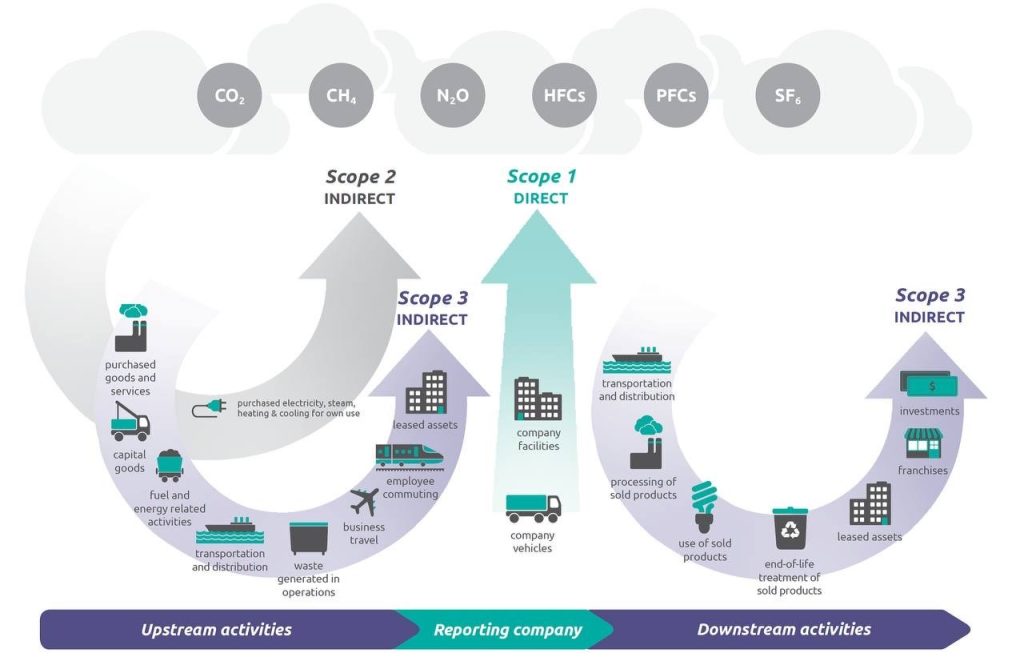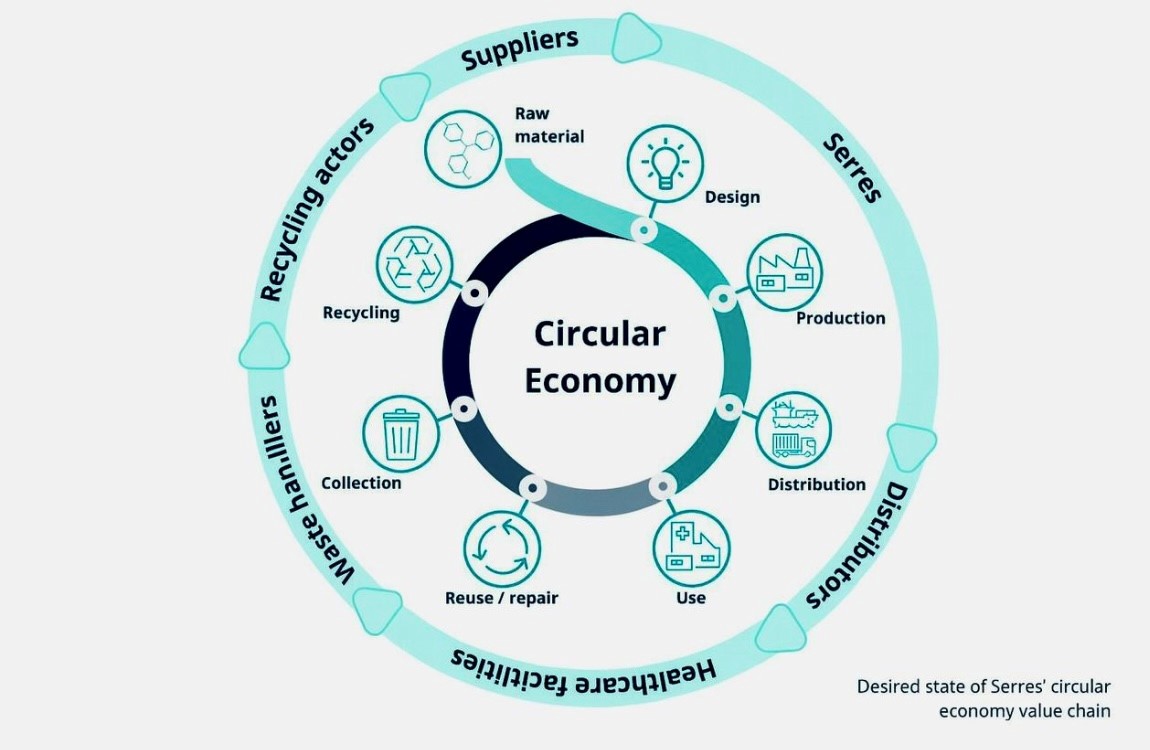Turning Supply Chain Complexity into Strategic Climate Action
While Scope 1 & 2 are largely under company control, Scope 3 emissions—from suppliers to end-of-life—can represent 70%+ of total emissions. For industries like steel, addressing Scope 3 is no longer optional; it’s strategic.
🚀 Why Scope 3 Can’t Be Ignored
• Regulations (ISSB, CSRD, SEC) are making Scope 3 reporting mandatory
• Investors & customers expect transparency across the value chain
• Net-zero plans are incomplete without Scope 3
• Supply chain mapping reveals hidden inefficiencies
What’s Included in Scope 3?
Upstream:
• Purchased goods & services
• Capital goods
• Transportation & waste
• Business travel, commuting
Downstream:
• Use & end-of-life of products
• Distribution, investments, franchises
🧩 Why Scope 3 Is So Complex
• Supplier data is often missing, inconsistent, or unauditable
• Value chains are global, layered, and opaque
• Companies rely on proxies, not actuals
SteelSmart’s 3-Pillar Strategy
1. Smart Data Integration:
Custom pipelines + API-linked carbon systems
2. Supplier Collaboration:
Programs & tools to improve upstream data
3. AI Modeling:
Machine learning for gaps + scenario analysis tools
🏁 From Risk to Advantage
By leading on Scope 3, companies gain:
✅ Deeper cost insight
✅ Stronger ESG-aligned supply chains
✅ Greater stakeholder trust
✅ Early compliance edge
✅ Final Word
“You can’t manage what you can’t measure.”
Scope 3 isn’t just a challenge—it’s a strategic lever for decarbonization and competitive resilience.



